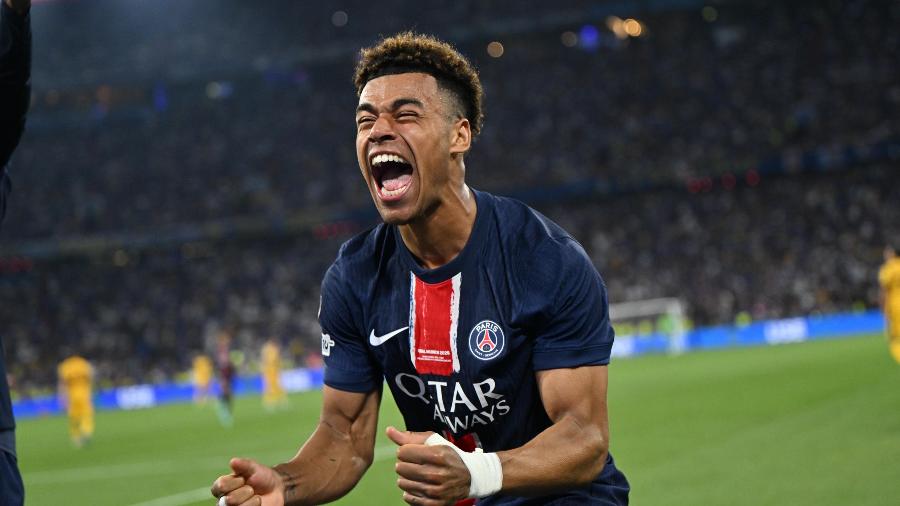Brasileiros têm mais títulos juntos do que argentinos na Libertadores-20

A Copa Libertadores 2020, aos poucos, vai ganhando forma. No fim de semana, o torneio chegou a 42 garantidos, com as classificações de LDU e Delfín. Ao todo, são oito brasileiros. Somados seus títulos, esses clubes superam os representantes da Argentina nesta edição.
Como a primeira fase da competição continental, conhecida no Brasil como "pré-Libertadores", já começa na semana do dia 22 de janeiro, a definição dos times está adiantada. Além de mais um representante argentino, faltam clubes só em Bolívia (três) e Chile (um), além, claro, de definições de posicionamento nesta reta final.
Dos 34 times classificados, há 15 que já foram campeões: Flamengo (1981 e 2019), Inter (2006 e 2010), Santos (1962, 63 e 2011), Palmeiras (1999), Grêmio (1983, 95 e 2017), São Paulo (1992, 93 e 2005), Corinthians (2012), Boca Juniors (1977, 78, 2000, 2001, 2003 e 2007), River Plate (1986, 96, 2015 e 2018), Racing (1967), Peñarol (1960, 61, 66, 82 e 87), Nacional (1971, 80 e 88), Olímpia (1979, 90 e 2002), Colo-Colo (1991) e LDU (2008).
Somados os títulos, o Brasil tem 15 conquistas do principal torneio continental. A Argentina só é representada neste quesito pelo trio Boca, Racing e River Plate, com 11 conquistas.
A primeira fase da Libertadores será disputada na semana dos dias 22 e 29 de janeiro. A segunda fase será em 5 e 12 de fevereiro, e a terceira etapa eliminatória em 19 e 26 de fevereiro. A fase de grupos começa na primeira semana de março. Curiosamente, é a primeira vez na história que os quatro grandes clubes paulistas disputarão o principal torneio de clubes do continente.
Veja os classificados:
- BRASIL: Athletico, Corinthians, Flamengo, Grêmio, Internacional, Palmeiras, Santos e São Paulo
- ARGENTINA: Boca Juniors, Defensa y Justicia, Racing, River Plate e Tigre
- BOLÍVIA: Bolívar
- CHILE: Colo-Colo, Palestino e Universidad Católica
- COLÔMBIA: America de Cali, Independiente Medellín, Junior Barranquilla e Tolima
- EQUADOR: Barcelona-EQU, Delfín, Independiente del Valle, LDU e Macará
- PARAGUAI: Cerro Porteño, Guaraní, Libertad e Olímpia
- PERU: Alianza Lima, Binacional, Sporting Cristal e Universitário
- URUGUAI: Cerro Largo, Nacional-URU, Peñarol e Progreso
- VENEZUELA: Carabobo, Caracas, Deportivo Táchira e Estudiantes de Mérida












ID: {{comments.info.id}}
URL: {{comments.info.url}}
Ocorreu um erro ao carregar os comentários.
Por favor, tente novamente mais tarde.
{{comments.total}} Comentário
{{comments.total}} Comentários
Seja o primeiro a comentar
Essa discussão está encerrada
Não é possivel enviar novos comentários.
Essa área é exclusiva para você, , ler e comentar.
Só s do UOL podem comentar
Ainda não é ? Assine já.
Se você já é do UOL, faça seu .
O autor da mensagem, e não o UOL, é o responsável pelo comentário. Reserve um tempo para ler as Regras de Uso para comentários.